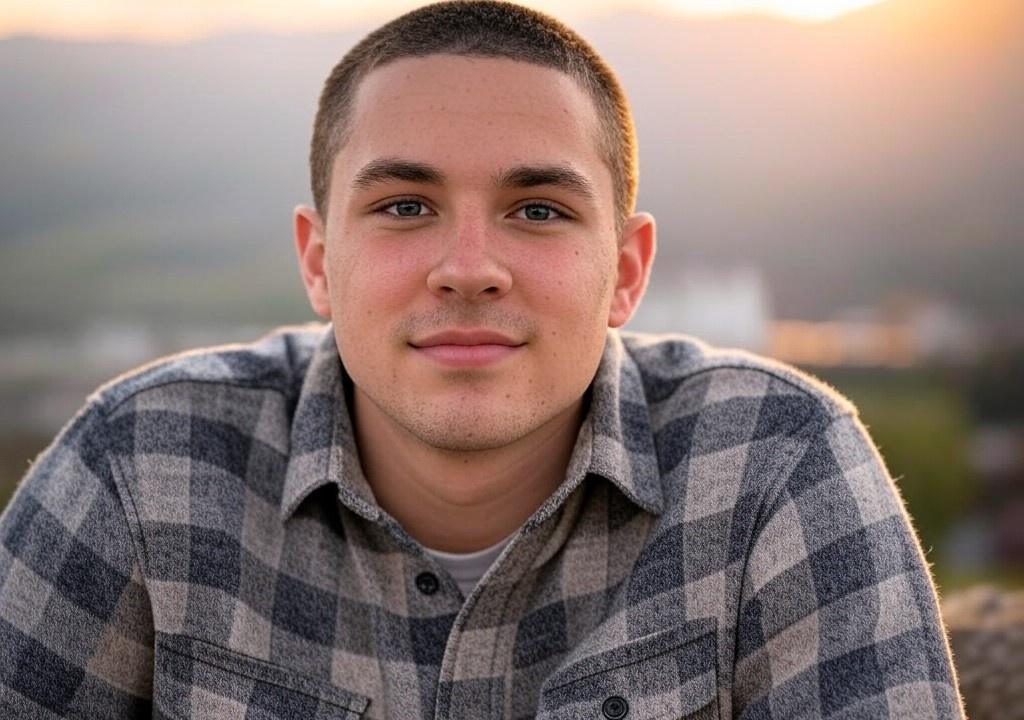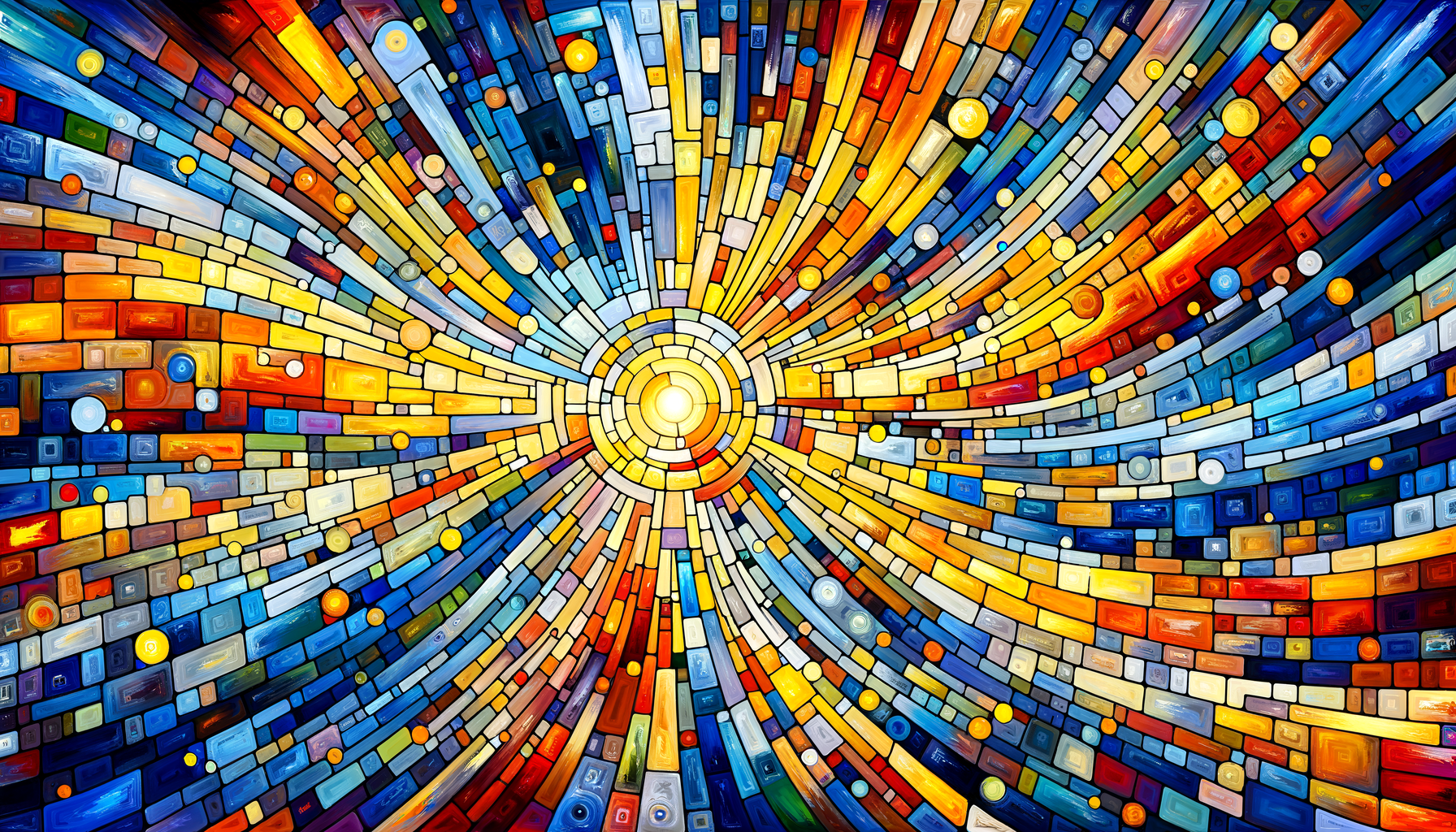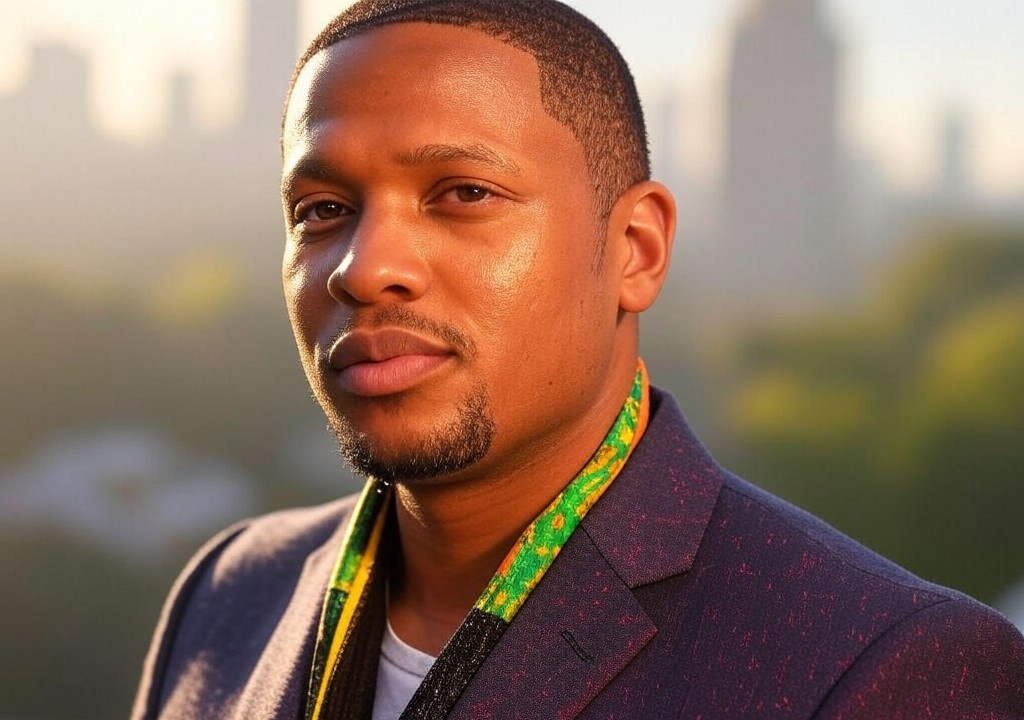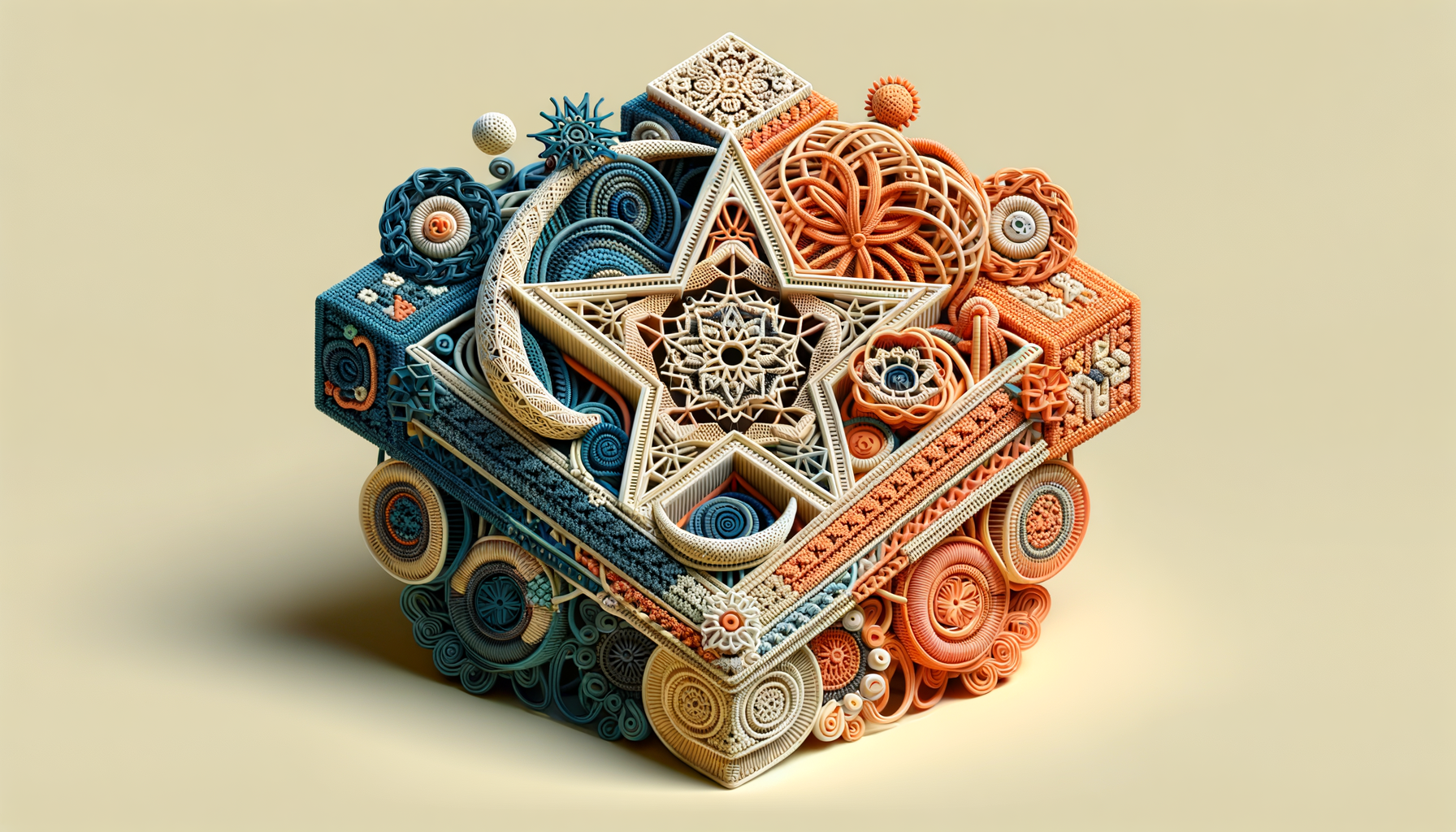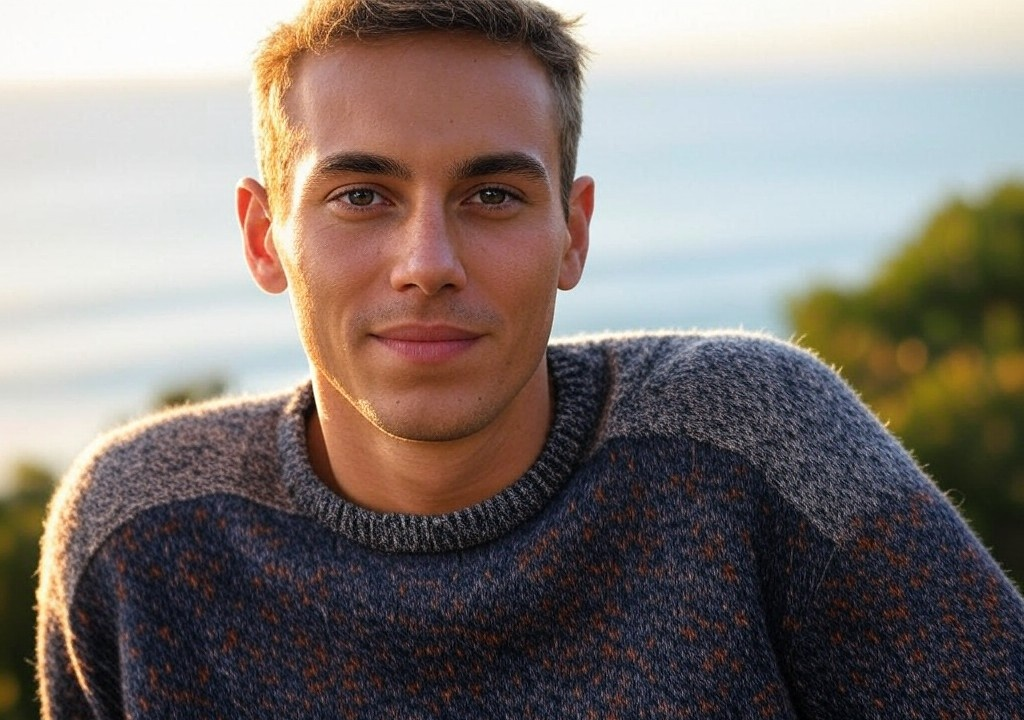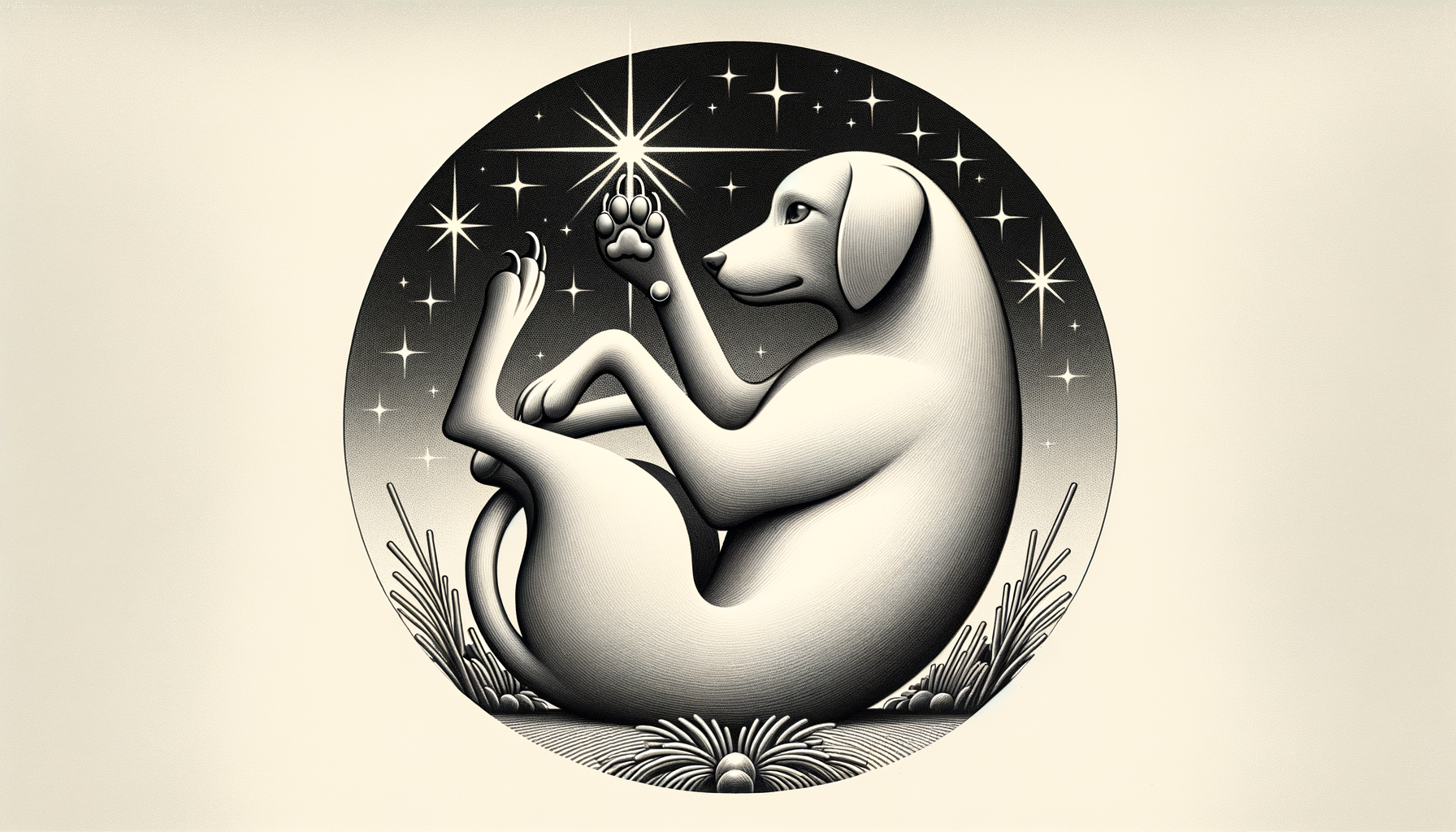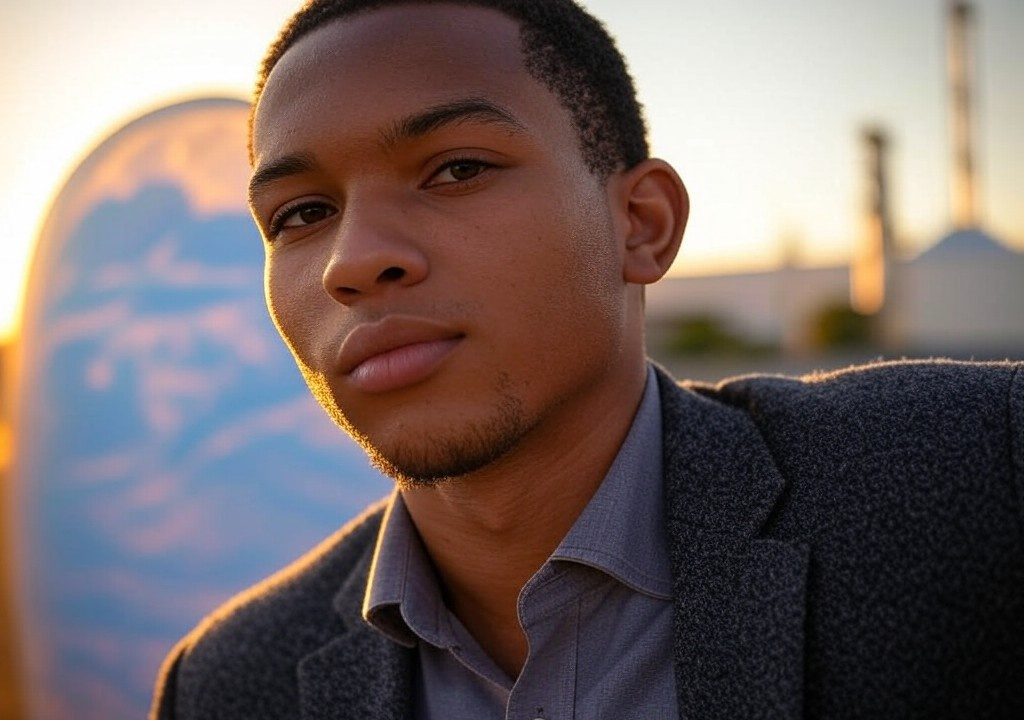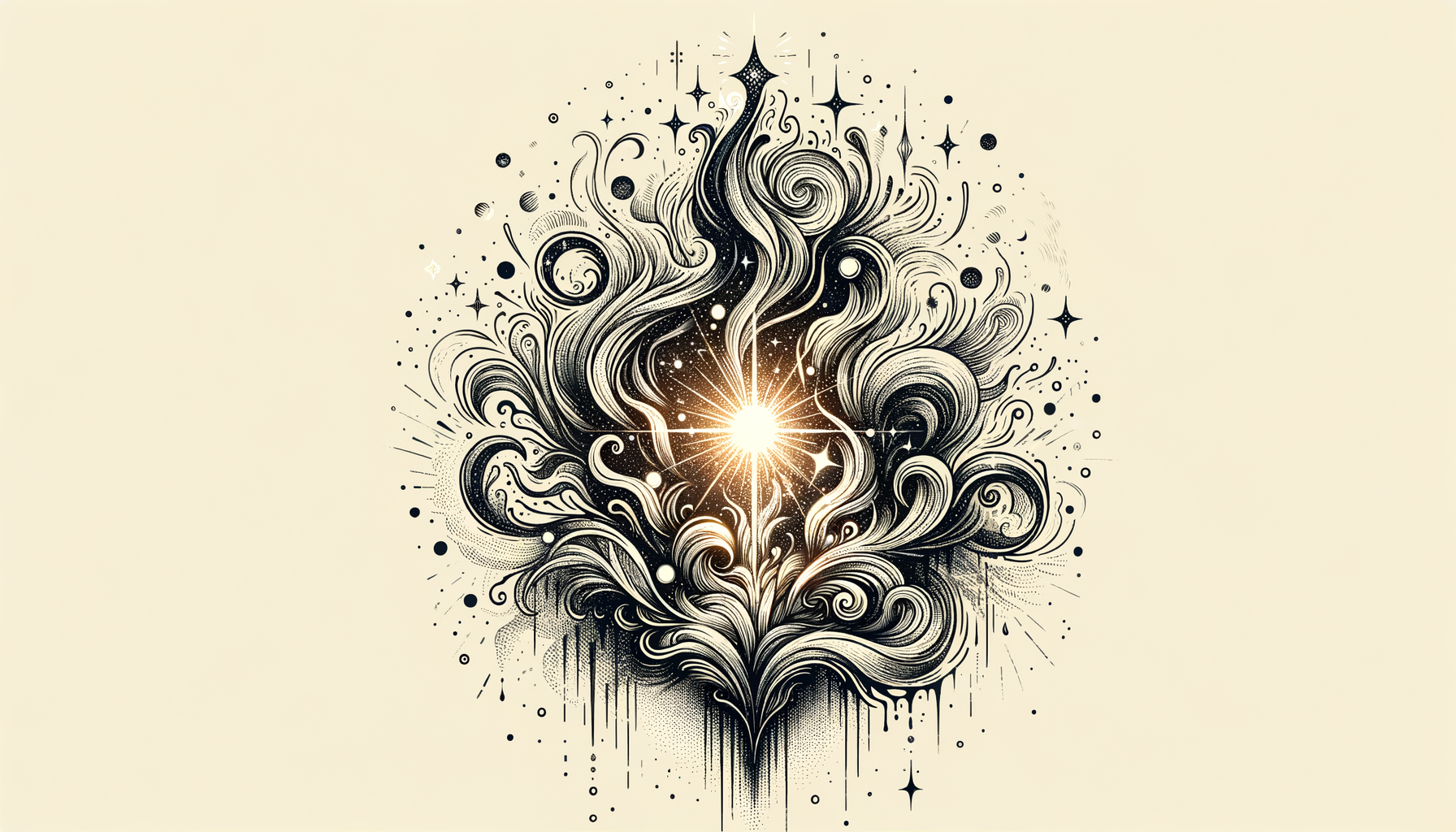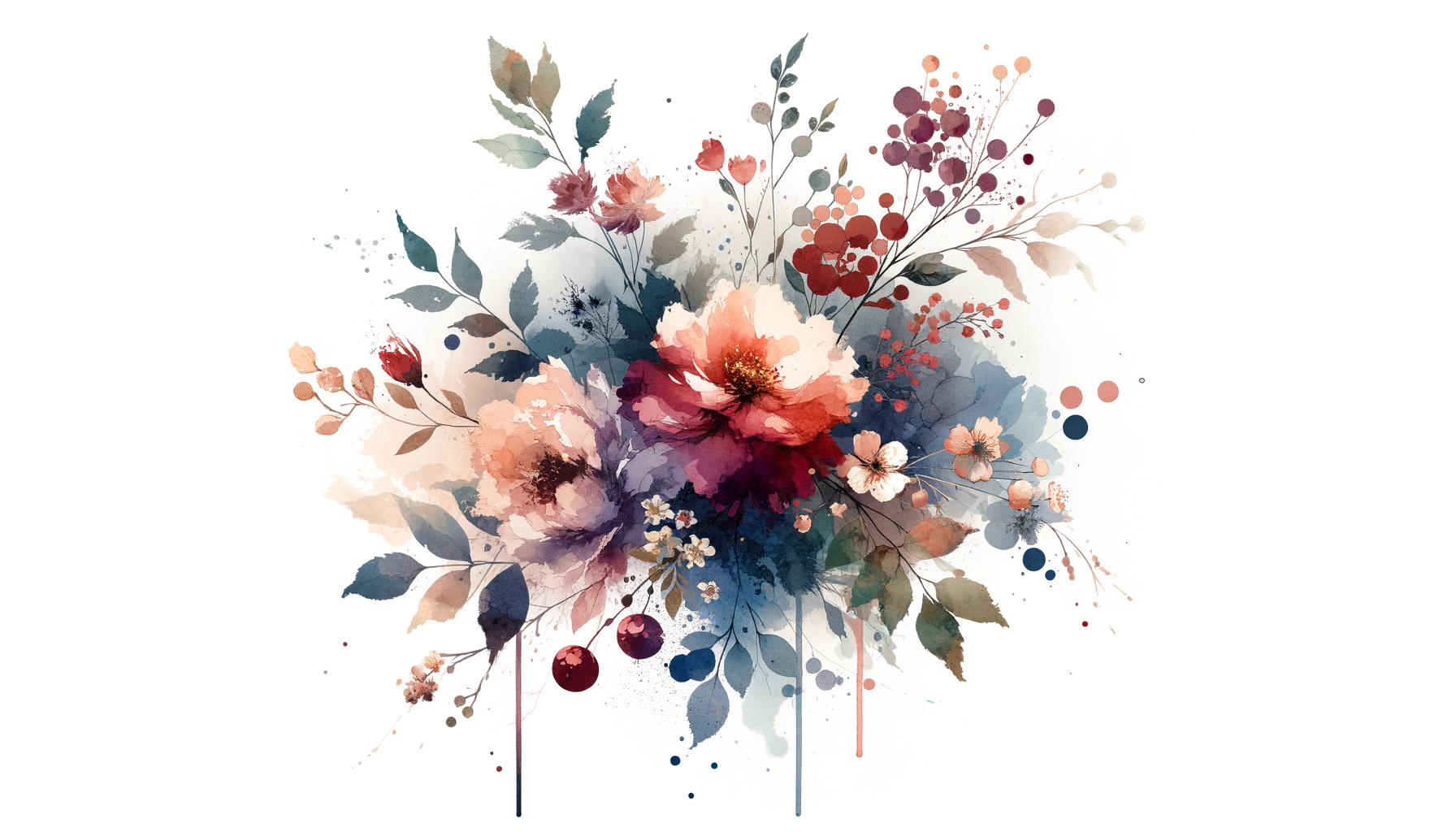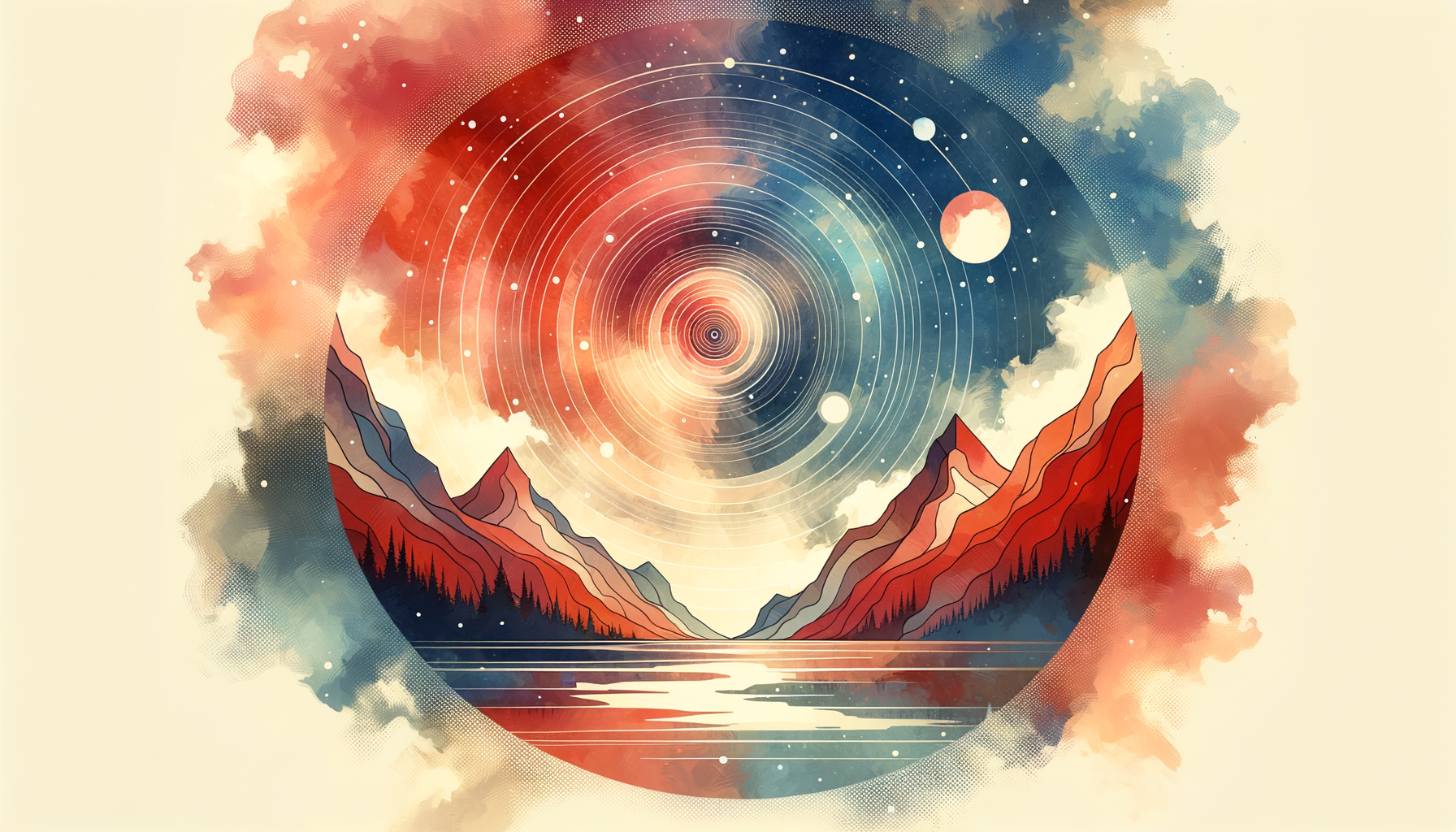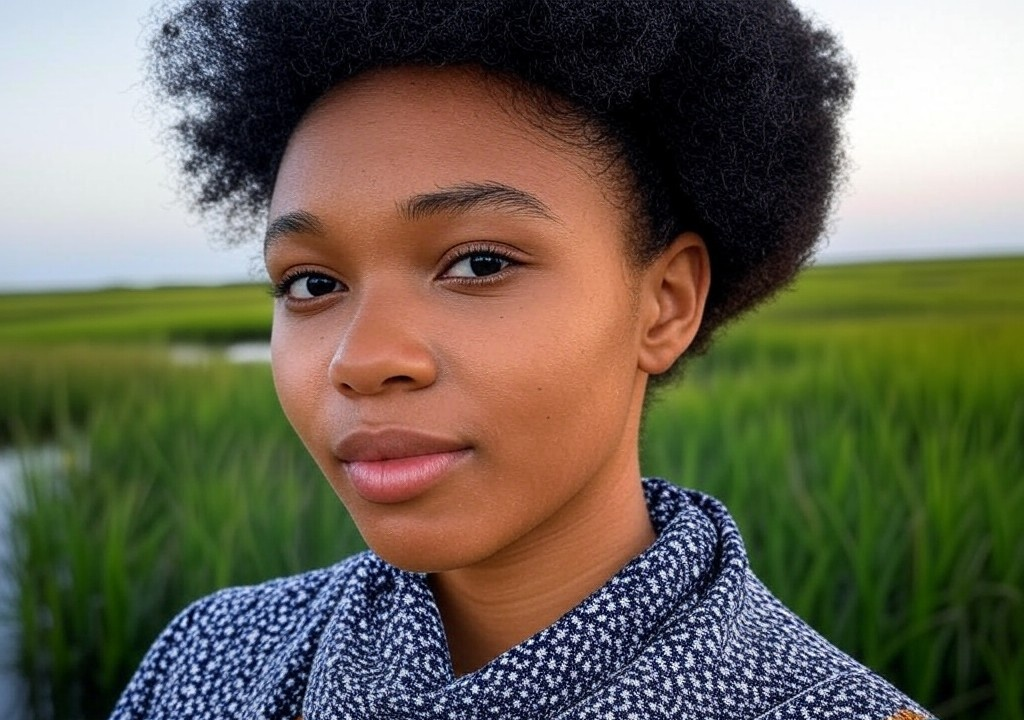When I was a kid, my idea of “finding my people” was something straight out of a 1990s sitcom. You know, a group of quirky besties hanging around a Central Perk equivalent, dishing out advice that was alternately hilarious and profound. Back then, I assumed my tribe would assemble itself effortlessly, with zero effort on my part. Destiny would do the work. Spoiler alert: It didn’t.
Turns out, finding your people isn’t quite like a “Friends” episode. It’s messier, slower, and involves far fewer coffee shop montages. For me, it was a journey that started in a tidy suburban neighborhood in Salt Lake City, passed through years of quiet disconnection, and evolved into a collection of moments that taught me the value of intentional connection. Here’s what I learned along the way—and how you can use those lessons to find your people, too.
The “Shoulds” That Steer You Wrong
Growing up in a close-knit Latter-day Saint family, I was surrounded by people who shared my values, routines, and inside jokes about Sunday potlucks (don’t let anyone tell you funeral potatoes aren’t a cultural icon). But even inside the comforting cocoon of shared belief, I often felt like I was speaking a different language. I could recite every sacred doctrine in the book, but I struggled to understand my own heart.
As I got older, well-meaning people gave me a hundred rules for finding belonging: Join the same groups, date the same people, live the same life. In college, navigating my faith with the curiosity of someone who’d read one too many existential novels, I chose a different lane. It was exhilarating—and isolating. Suddenly, it felt like everyone was either too far in their lane or hadn’t left it yet. I floundered in the in-between space, stuck between the person I’d been and the one I wanted to be.
If this sounds familiar, take heart. Sometimes, finding your people means unlearning the “shoulds” people hand to you—and following your own path instead. Connection thrives in authentic spaces, not in the cages we squeeze ourselves into to conform.
Lesson One: Put Yourself in the Way of Joy
I wish I could say I found my people through one grand act of courage, like moving to a new city or adopting a rescue dog with boundary issues (which admittedly is a valid bonding mechanism). But honestly, it started small. My first step was trying new things—not soul-shattering, “Eat, Pray, Love” things, but bite-sized moments that interrupted my routine.
For me, that meant writing workshops. I went less for the connection and more for the excuse to drink overpriced coffee while workshopping a paragraph about divinely-inspired topography. But something surprising happened: in one of those workshops, surrounded by near-strangers talking about how stories reflect community, I felt a spark of belonging. It wasn’t instant. It wasn’t even comfortable. But over time, I kept showing up. And bit by bit, those strangers became people who text when they see a James Baldwin quote I’d love. People whose names make me smile when they pop up on my phone.
So here’s the takeaway: put yourself in the way of joy, whatever that means for you. Volunteer for a cause that fuels you. Join a running club even though you secretly detest running (I’m told the post-run brunch camaraderie is worth it). Bonus perk? Shared activity creates connection without forcing those awkward, “So, do you come here often?” lines.
Lesson Two: Let Go of the “Perfect People” Myth
I’ll admit something a little embarrassing. For years, I clung to this idea that my tribe would look and sound just like me. You know, people who could also name-drop Marilynne Robinson in casual conversations or wax poetic about Bryce Canyon at sunset. But every time I hunted for some intellectual doppelgänger to fill my life, I came up not just empty-handed, but downright disappointed. Why? Because no one—not even myself—actually fit that curated ideal.
The truth is, my greatest connections have come from the unexpected: friendships with people who see the world differently but share my values. One of my closest friends (she’s firmly in my Top 8, like an honorary relic of my MySpace days) is someone who doesn’t care much for hiking or theology but will defend “Parks and Recreation” as the greatest TV show of all time—and honestly, that’s enough for me.
Here’s what I want to say: stop looking for perfection. It doesn’t exist. Instead, open yourself to finding people who see you for who you are now—not the polished fantasy version of yourself you’re perpetually auditioning to be. Imperfections are where the magic happens.
Lesson Three: Vulnerability Isn’t Weakness—It’s a Superpower
True story: one of my deepest connections started not with a dazzling first impression but with an awkward apology. I had made an offhand comment during a group discussion that unintentionally came off as dismissive. Later, I pulled the person aside and stumbled through an apology, my face as red as a Bryce Canyon sunrise. Much to my surprise, they not only forgave me but shared that they’d had a similarly embarrassing moment the week prior. Cue a 45-minute-long bonding session where we traded life’s cringiest moments like kids swapping trading cards.
The point is, relationships thrive when you drop the armor. We live in a world that markets perfection, from polished Instagram feeds to curated dating profile bios. But I’ve found that what people truly crave isn’t perfection—it’s honesty. Vulnerability transforms acquaintances into friends, and friends into your people.
Be brave enough to show your cracks. Say the scary thing. Share the embarrassing story. It’s not weakness; it’s the currency of connection.
Lesson Four: Regular Maintenance Required
Finding your people is only half the equation. Keeping them around? Well, that’s where the work begins. Connection isn’t an Amazon Prime subscription—there’s no autopilot option to renew it for another year.
I’ve learned that relationships, like my favorite hiking trails, need consistent attention to stay vibrant. Sometimes that means putting a recurring game night on the calendar or checking in with invites for spontaneous taco runs. Other times, it’s simply texting, “Hey, saw this and thought of you,” when you stumble across a meme about existential despair. The little things matter.
Closing Thoughts: Your People Are Worth the Search
Not to sound like a motivational poster you'd see in a high school guidance counselor's office, but finding your people really is more about the journey than the destination. Community doesn’t always come as a ready-made package waiting for you to unwrap it. It’s a mosaic of moments—inviting someone in, showing up for them, letting yourself be seen in return.
If you’re still looking, don’t get discouraged. Your people are out there, probably wondering where you’ve been hiding all this time. All it takes is a little courage, a little patience, and maybe a willingness to step into spaces that feel a touch unfamiliar. Trust me: the moment you find them is well worth the wait.


